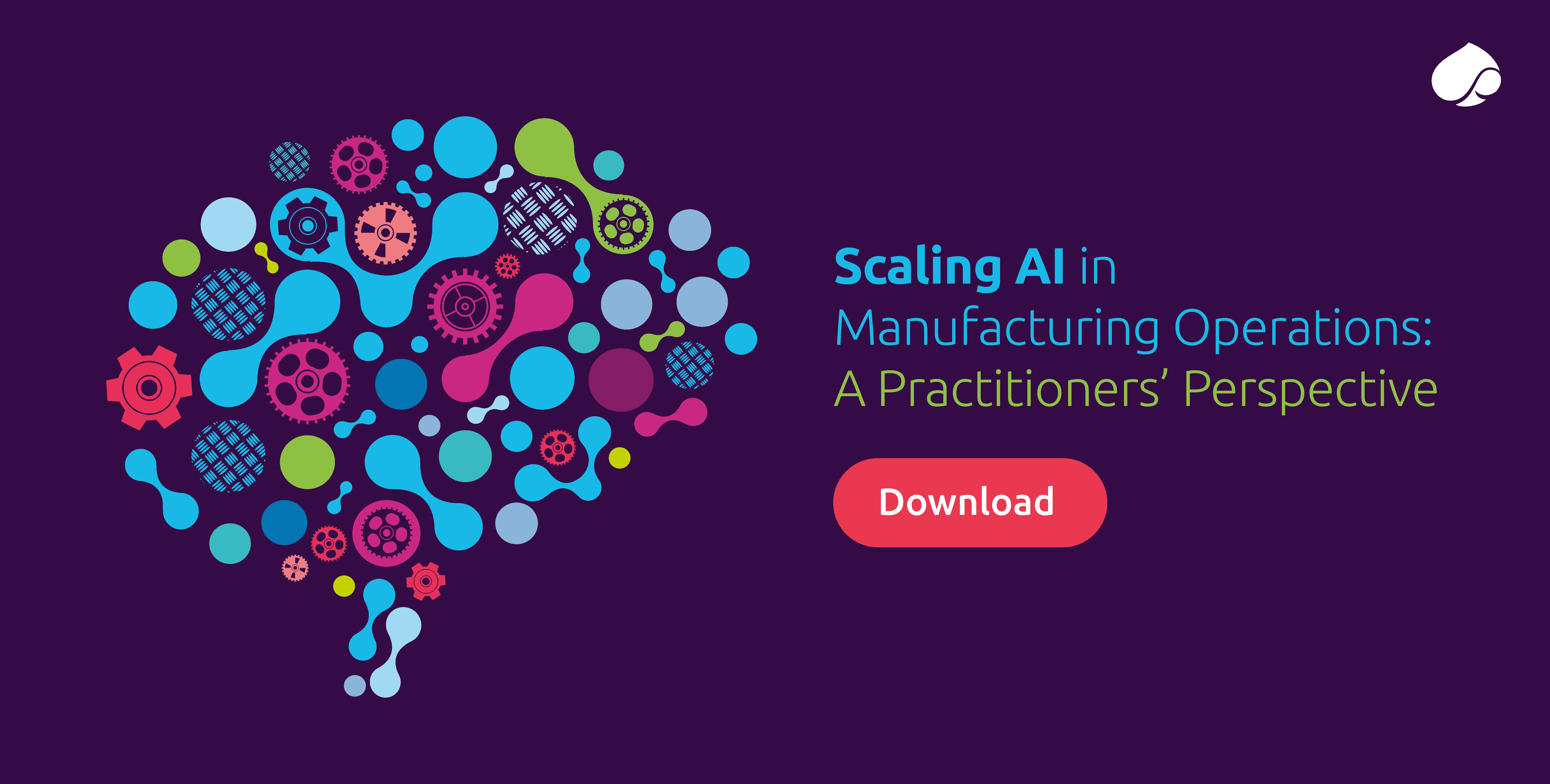How manufacturers can catch up in the artificial-intelligence race
Blog: Capgemini CTO Blog
Manufacturers are starting to explore the potential of artificial intelligence, but many are still in pilot purgatory. The use cases selected are often not focused on core business elements, so the changes they create are not significant enough to roll out at scale.
It is time to progress past proofs of concept and move manufacturing towards real transformation. Our recent research report, Artificial intelligence in manufacturing operations, finds that US companies are lagging behind other nations in the move toward AI. It is data and digital technologies that will drive the factories of the future, and manufacturers need to catch up.
Every AI project needs a solid use case to serve as a starting point. Select a project you know will succeed, as failure on a pilot is sure to stall any further AI or digital technologies projects at a time when you should be accelerating. The following areas tend to deliver success.
Intelligence maintenance. This is considered low-hanging fruit for manufacturers. When applied to bottleneck resources, its ROI can be large. Optimizing maintenance minimizes downtime and can reduce costs and increase productivity. It is relatively easy to implement, given the availability of good-quality data and the expertise to analyze the business context. Several integrated solutions are available from multiple vendors and there are variations to explore, such as predicting when machines will fail and recommending optimal times to conduct maintenance.
Product quality inspection. Similar to how detecting subtle trends in certain parameters makes it possible to predict asset failure, analyzing process parameters can help predict quality issues. In many cases, in-line visual inspection can capture trends that could not otherwise be detected. The widespread availability of high-resolution cameras coupled with powerful image recognition technology has dramatically cut the cost of real-time, in-line inspection.
Demand planning. Companies are using machine learning to predict changes in consumer demand as closely as possible. They can then make necessary changes to production schedules and raw-material procurement. Better forecasting has multiple benefits, including better client service and inventory reduction for both in-progress and finished goods.
The results of applying AI to the manufacturing process are significant. For example, one automotive manufacturer is using machine learning to incorporate micro and macro variables in the demand forecasting process to generate more meaningful predictions. A leading beauty product manufacturer uses information from various sources to predict changing customer demands, anticipate trends, and optimize sales.
The key is to find the right use case that demonstrates the power that AI and machine learning brings to manufacturing. It needs to have the potential for real business impact with a good financial case, be relatively easy to roll out, and have a trusted pipeline of data. There may even be an existing packaged solution or accelerator that can help with the process. And make sure you have buy in from your employees, so they understand how the project will positively impact them. It is time to move out of pilot purgatory and transform your manufacturing processes.
Lalit Khandelwal is an EVP, Manufacturing & Industrial Sector Head , at Capgemini and he can be reached at here.
